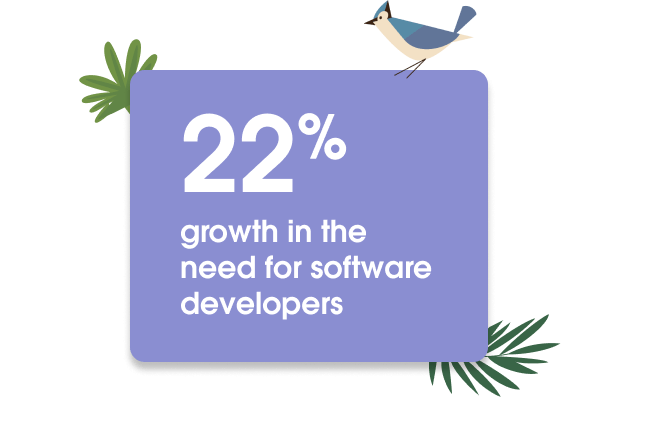7 Ways Businesses Meet the Growing Demand for Apps with Low Code

Empower business users
Due to the rapidly increasing need for digitization, organizations of all sizes are struggling to meet the demand for IT resources. As digital transformation needs continue to expand, IT departments have growing backlogs that can become bottlenecks to innovation. To help address this, organizations empower business users to become citizen developers, reducing the demands on IT.
Business users can be enabled with the right tools, training, guidance, and governance processes to ensure rapid application development while still adhering to established processes and quality standards. A successful citizen developer cohort will be key for organizations hoping to scale their app-building capacity given rising business demands.

Create tools everyone can use

Embed automation and intelligence
A key aspect of building applications is automation, where an event (such as updating a record) triggers an action (for example, sending a welcome email). In the past, enabling automation was often left to developers. But now low-code tools give power to business users, with an array of automation features that can be built declaratively.
As the world moves to low-code development, organizations are looking to effectively guide app builders wisely, regardless of their role or technical background. Low-code tools can now leverage AI to provide real-time app-building recommendations to application builders. Example recommendations might include prebuilt application templates based on use case, next steps to take, unused or redundant features, and ways to improve component and page performance. This guidance will enable teams to build and deploy applications faster. Better yet, they can deploy with more confidence in their security, performance, and adherence to best practices.
Collaborate strategically
Customize critical preferences
Allow developers to focus on high-value activities
Make it sustainable and future-proof
Metadata, a set of data that describes and gives information about application elements, can be used to help developers create solutions that can withstand the challenges that come with the constant evolution of technology. Unlike app elements that have been hard-coded in, metadata can be reinterpreted as new technologies emerge. This is important as companies begin to evaluate solutions such as voice or AI. It is easier to maintain and extend applications that have been built with metadata.
Low-code tools are the future of modern application development. With less time, and simple clicks, business users can leverage their domain expertise to create apps. No more relying on an already overburdened IT department. Even as the low-code landscape evolves, these principles remain steady in creating a strong business foundation for years to come.
About the Author

Blog
Benefits of Low-Code App Development During the Pandemic

Research Report
How Low-Code Development Improves Workflows and Collaboration

Research Reports
Innovate Fast with Enterprise Scale Automation
More resources

The IT Leader’s Guide to Fast App Development

The Low-Code App Development Playbook







